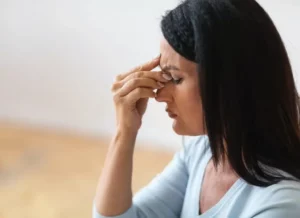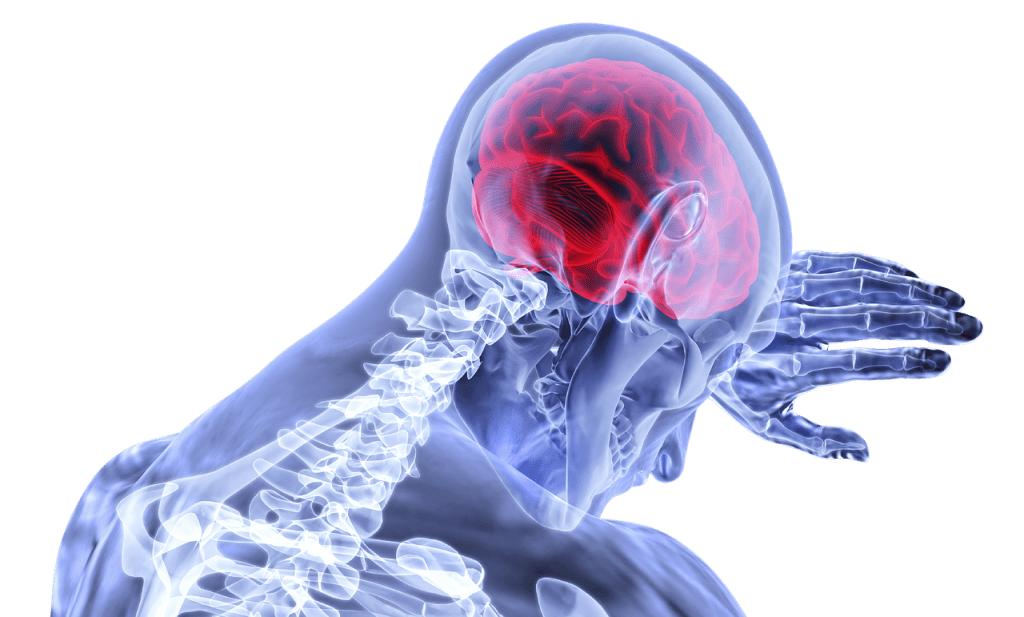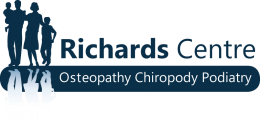Osteopathy
Can cranial osteopathy help with migraines? The human body is always a puzzle – physiology, psychology, or the mind and body itself. Humans can take care of themselves every time even during their busy and stressful life. The body has its natural ability to heal on its own. Osteopathy is based on this principle. Osteopathy is a type of medical practice that gives special emphasis on the physical manipulation of bones and muscles. Specialists are called Osteopaths. Osteopaths diagnose and treat a medical condition by manipulating one’s bones and muscle tissues.

People are often mistaken that a cranial osteopath is only specialized in treating conditions that affect the head, such as (tension headaches), etc. osteopathy is a treatment procedure used for correcting the body’s alignment using very subtle and gentle techniques (movements) by releasing pressure. Taught as Cranio-sacral therapy or Cranial technique. The technique involves gentle application of pressure overhead or spine to release pressure. Cranial osteopaths are trained to balance the imbalances of the nervous system and hence the immune system.
Osteopaths are trained to feel the Cranial rhythm, i.e., the rhythmic pulsation of the nervous system, which reflects on the health status and vitality of an individual. As the nervous system is the main control of all body functions, any imbalance (physical, emotional, psychological) may alter every function.
Osteopaths attempt to restore the health of an individual mainly by palpation, physical manipulation – over the cranial bones, sacrum as well as spinal cord by working with the fluid movement of the body -cerebrospinal fluid and normalize the normal rhythm. Manipulation of bones of the skull can help get rid of a variety of conditions like patients suffering from cancer etc.
Benefits Of Cranial Osteopathy
Any injury or disease condition may bring an alteration in the normal physiological functions of the body, in most cases, there would be restrictions, or the range of movement is affected. Restoration of health by relieving the symptoms by eliminating the disease from the root is the primary aim of osteopathy.
Much research was carried out to study the effects of osteopathy on pain, sleep, quality of life, motor function, and system function on sleep, pain, improvement of quality of life, nervous system, and the motor functions which yielded unbelievable results.
Altered sleep patterns of the individual improved which eventually improved the overall wellbeing of the individual.
In pregnant women, usual pain and symptoms that develop during gestation subsides.
Comfortable for people with chronic illness, as it uses gentle techniques.
The myofascial release technique is used that break the knots in muscles that bring about migraines and headaches.
To be concise, osteopathic treatment, being a holistic practice considers various physiological and psychological factors and is beneficial for people suffering from it.
- Migraine Sufferers
- Head Pain
- Cluster Headaches
- Sinusitis
- Migraines Headaches
- Depression
- Anxiety
- Stress
- Concussions
- Insomnia
- Dizziness
- Low Back Ache (Acute and Chronic)
- Diseases of the digestive system
A marked increase in energy levels was noted.

Types of Headaches
What are the main types of headaches we can get? Commonly people experience one of two forms of headache. Firstly, those caused by painful joints, muscle spasm and/or nerve irritation in the neck and shoulder area which are known as cervicogenic headaches. The other kind affects the nervous system (known as migraine and tension headaches).
Cervicogenic headaches are persistent headaches that occur on a daily basis, the pain is ordinarily felt at the back of the head, near the neck and sometimes involves pain around the eyes. These are secondary headaches caused by an underlying physical issue or other illness. Osteopaths are trained to spot any serious medical issues and work with GPs, referring patients if necessary.
In addition to severe pain, migraine may also cause nausea, sickness, dizziness, changes to vision (or smell) as well as hypersensitivity to bright lights and noise. Migraines – thought to be vascular or neurological in origin, the pain is usually intense, one-sided, pulsating or throbbing and made worse by movement. It may be preceded by visual or sensory disturbances.
How Does Osteopathic Treatment Help Alleviate a Headache?
Our job as your osteopath is to take a full Case History and try to find the triggers for your specific type of headache. We will give you advice on how to manage and help eliminate your headache.
In the present era, people are often suffering from tinnitus, migraine, etc. osteopathy is an effective means to cure the same. As the technique uses manual tools to treat the condition, pain at precise points can be identified and managed properly. Factors (both aggravating and alleviating) are considered during the treatment period and appropriate changes could be made through proper awareness.
The application of subtle pressure over body parts (be it, head spine, or anywhere), allows the body tissue in releasing the tension. A sensation of warmth is felt for the patient and deep relaxation is obtained.
In case of a migraine attack, cranial component evaluation is very essential as any dysfunction of the temporal bone and sphenobasilar symphysis cause a migraine headache.
Soft tissue massage of the paraspinal muscles, jaw muscles will all help decrease the muscle spasm of tension headaches. Joint Manipulation: this can be done with manipulative techniques or gentle articulation techniques to encourage joint release and movement.
Practitioners at Richards Osteopathy can provide you with judicious and well-timed treatments.
What Does the Treatment Involve?

Complete case history of the patient is taken before initiating the treatment procedure. Osteopaths use only safe and subtle techniques like the use of force may sometimes cause the rupture of small blood vessels in vulnerable individuals. Improved blood flow, enhancement range of movement of joints, alleviation of pain, and relaxation of muscles are achieved following osteopathic manual therapy such as stretching and gentle massage.
Treatment is carried out only after having a fully informed consent of the patient.
Muscle release soft tissue massage – corrects the imbalances of the body produced due to injury and postural differences.
Postural changes can also affect muscle tension. Proper exercises for the support of muscles should be understood. Cranial osteopaths are trained in providing the aid.
Manipulative therapies -mild stretching and massage carried out that brings mobilization of ligaments.
Muscle spasm can be reduced.
Removal of blockage and hence improves the lymph and blood flow to the head and neck.
Enhance range of movement of joints.
Advice home exercises.
Migraine and headache can be relieved by reducing the triggering factors.
Our Osteopaths are trained in performing different manual manipulative osteopathic practices and our patient-friendly approach is highly appreciable.
Does Cranial osteopathy have side effects?
If Cranial osteopathy techniques are practised by a doctor specialized in osteopathy, then osteopathy is a safe treatment method. Extreme care needs to be given when cranial osteopathy is performed on babies as they possess unfused skull bones. Also, it is not advisable to practice cranial osteopathy in patients having a head injury. At Richards Osteopathy, we offer licensed professionals, who can practice Cranial osteopathy under the strictest guidelines.
Our specialist Cranial Osteopath
We, at Richards Osteopath, perform biomechanical assessment along with Cranial osteopathic Assessment and musculoskeletal assessment.
Our osteopathic practitioners are professionals having guaranteed standards of education as well as training. Complete assessment of the body constitution and condition of the patient carried out in first visit itself, subsequently followed by taking a complete case history.
Our qualified practitioners can provide you with nutritional and dietary advice.

